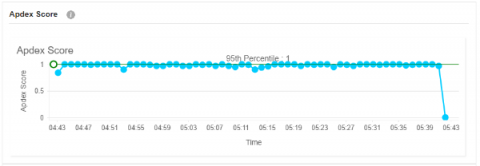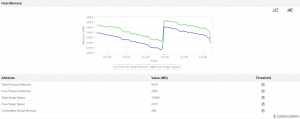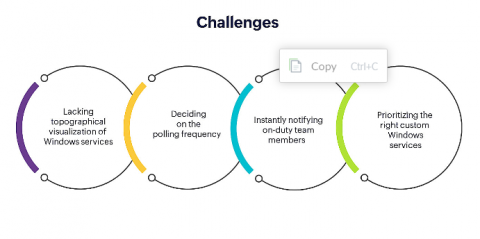Java application performance metrics 101
Since it first emerged, Java has had a phenomenal rise in usage and popularity. It’s ability to be robust and platform-independent has enabled it to rule the application development world by providing internet solutions for businesses across industries. Any organization that runs its mission-critical applications on Java shouldn’t be turning a blind eye towards understanding the importance of application performance monitoring.











